Introduction
Pickling vegetables is a centuries-old tradition that not only enhances their flavor but also extends their shelf life. Among the various vegetables that undergo this preservation process, green peppers stand out due to their tangy, crunchy texture and vibrant color. However, maintaining the freshness of pickled green peppers can be challenging, especially if you’re unfamiliar with the best practices for storage and handling. This comprehensive guide aims to demystify the process and provide you with actionable tips to ensure your pickled green peppers retain their quality, taste, and nutritional value for as long as possible.
Understanding Pickling and Preservation
Before diving into the specifics of preserving pickled green peppers, it’s crucial to understand the basics of pickling and food preservation. Pickling involves submerging food in a brine solution, often containing vinegar, salt, and spices, to create an acidic environment that inhibits the growth of harmful bacteria. This preservation method is effective because the low pH level of the brine acts as a natural preservative, preventing spoilage and extending the food’s shelf life.
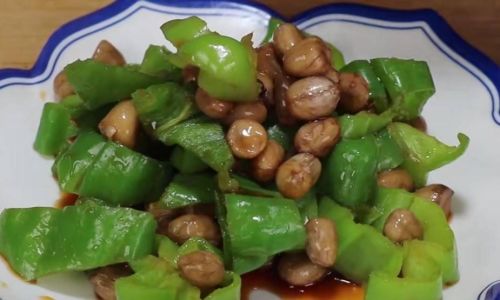
Choosing the Right Green Peppers
The quality of your pickled green peppers begins with the freshness and quality of the peppers you choose. Here are some tips for selecting the best green peppers:
- Appearance: Look for peppers that are firm, bright green in color, and free from bruises, soft spots, or wrinkles.
- Texture: Feel the peppers to ensure they are crisp and not overly soft or mushy.
- Freshness: Choose peppers that are in season, as they tend to be more flavorful and nutritious.
- Variety: While most green peppers can be pickled, some varieties like bell peppers or jalapeños may offer unique flavors and textures.
Preparing the Peppers for Pickling
Once you’ve selected your peppers, the next step is to prepare them for pickling. This involves washing, cutting, and sometimes seeding the peppers, depending on your preferred texture and level of heat.
- Washing: Rinse the peppers thoroughly under cold running water to remove any dirt, pesticides, or other contaminants.
- Drying: Pat the peppers dry using a clean kitchen towel or paper towels. Excess moisture can affect the pickling process and the final texture of the peppers.
- Cutting: Depending on your preference, you can slice the peppers into rings, strips, or leave them whole for a crunchier texture.
- Seeding: If you prefer less heat, remove the seeds and membranes from the peppers. Be cautious when handling hot peppers, as the oils can cause skin irritation or burn your eyes.
Creating the Pickling Brine
The brine is the key to successful pickling. It creates the acidic environment that preserves the peppers and adds flavor. Here’s a basic recipe for a pickling brine:
-
Ingredients:
- 2 cups vinegar (white vinegar, apple cider vinegar, or a blend for flavor)
- 1 cup water
- 1/4 cup sugar or honey (optional, for balance)
- 2 tablespoons salt
- 1-2 teaspoons pickling spices (such as mustard seeds, dill seeds, garlic cloves, and bay leaves)
-
Instructions:
- In a medium saucepan, combine the vinegar, water, sugar (or honey), and salt.
- Heat the mixture over medium heat until it comes to a simmer, stirring occasionally to ensure the sugar and salt are fully dissolved.
- Reduce the heat and add the pickling spices. Allow the brine to simmer for an additional 5-10 minutes to allow the flavors to meld.
- Remove the brine from heat and let it cool to room temperature before using.
Pickling the Green Peppers
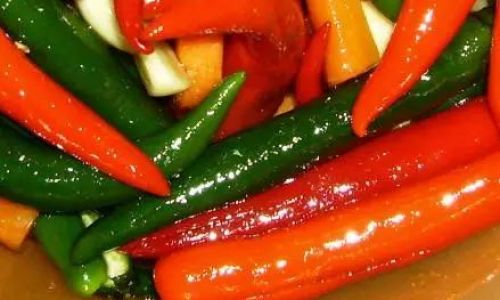
Now that you have your prepared peppers and brine, it’s time to start pickling.
-
Packing the Jars:
- Sterilize your jars and lids by boiling them in water for 10 minutes or running them through the dishwasher on the sanitize setting.
- Pack the prepared peppers tightly into the jars, ensuring there are no air pockets. You can use a chopstick or the handle of a spoon to press down the peppers.
-
Pouring the Brine:
Carefully pour the cooled brine over the peppers, ensuring they are fully submerged. Leave about a half-inch of headspace at the top of the jar to prevent the brine from overflowing when the jars are sealed.
-
Sealing and Processing:
- Wipe the rims of the jars clean with a damp cloth to remove any brine or food particles.
- Secure the lids tightly.
- For long-term storage, process the jars in a water bath canner or a large pot filled with enough water to cover the jars by at least 1-2 inches. Bring the water to a rolling boil and process the jars for 10 minutes (adjust the time based on your altitude).
- Remove the jars from the water bath using a jar lifter and let them cool on a kitchen towel or rack. Listen for the pinging sound as the lids seal.
Storing Pickled Green Peppers
Proper storage is essential to maintain the freshness and quality of your pickled green peppers. Here are some tips for storing your pickled peppers:
- Cool, Dark Place: Store the sealed jars in a cool, dark place, such as a pantry or basement. Avoid exposing them to direct sunlight or extreme temperatures, which can affect the flavor and texture of the peppers.
- Inspection: Periodically check the jars for signs of leakage, bulging lids, or mold. If you notice any issues, discard the jar immediately.
- Shelf Life: Properly pickled and stored green peppers can last for several months to a year, depending on the storage conditions. Always check the expiration date or use-by date if you’ve labeled your jars.
Refrigeration for Extended Freshness
While pickled peppers can be stored at room temperature for an extended period, refrigerating them can further extend their shelf life and maintain their freshness. Here’s how to refrigerate your pickled peppers:
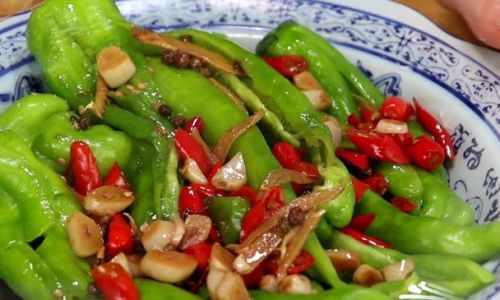
- Transfer to Containers: Once you’ve opened a jar of pickled peppers, transfer the remaining peppers to a clean, airtight container. This prevents exposure to air and potential contaminants.
- Refrigeration: Place the container in the refrigerator, preferably in the crisper drawer where the temperature is more stable.
- Use Within: Refrigerated pickled peppers should be used within a few months for the best quality.
Troubleshooting Common Issues
Even with the best intentions and practices, issues can arise when pickling and storing green peppers. Here are some common problems and solutions:
- Cloudy Brine: Cloudy brine is usually caused by a harmless reaction between the vinegar and natural pectins in the peppers. It doesn’t affect the safety or taste of the peppers but can be aesthetically displeasing. To prevent cloudiness, you can add a pinch of calcium chloride to the brine before pickling.
- Soft Peppers: Soft peppers can be a sign of improper storage or old peppers. Ensure your peppers are fresh and crisp before pickling and store them in the correct conditions.
- Mold: Mold on the surface of the brine or peppers is a sign of contamination. Discard any jars with mold immediately to prevent the spread of harmful bacteria.
- Discoloration: Discoloration can occur due to exposure to light or oxygen. Store jars in a dark place and use airtight containers to minimize exposure.
Conclusion
Pickling green peppers is a rewarding way to preserve their freshness, flavor, and nutritional value. By following the steps outlined in this guide, from selecting the right peppers to creating the perfect brine and storing them correctly, you can enjoy crunchy, tangy pickled peppers for months to come. Remember, the key to successful pickling is attention to detail and proper handling at every stage of the process. With a bit of practice and patience, you’ll be able to create delicious, long-lasting pickled green peppers that will enhance your meals and bring a burst of flavor to your culinary creations.
Further Exploration
For those interested in delving deeper into the world of pickling and food preservation, there are numerous resources available. Consider exploring different brine recipes, experimenting with various spices and flavors, or learning about other preservation methods such as fermentation or dehydration. The possibilities are endless, and with each new adventure, you’ll gain a deeper understanding of the art and science of preserving food. Happy pickling!
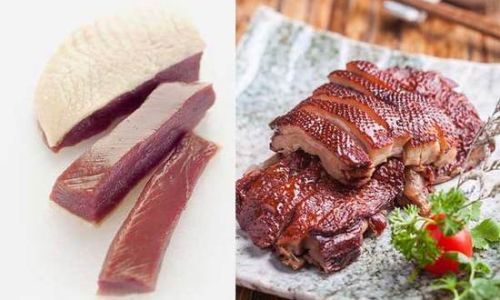
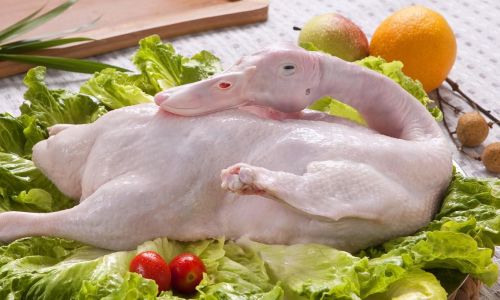
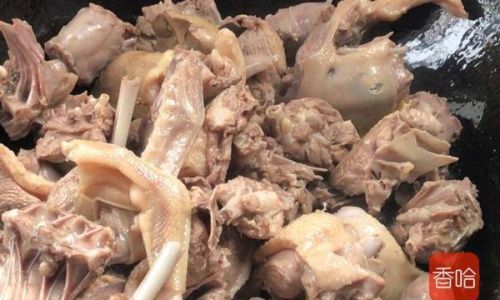
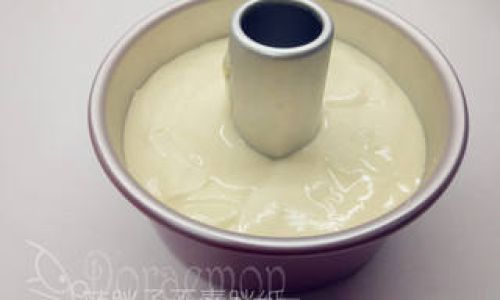
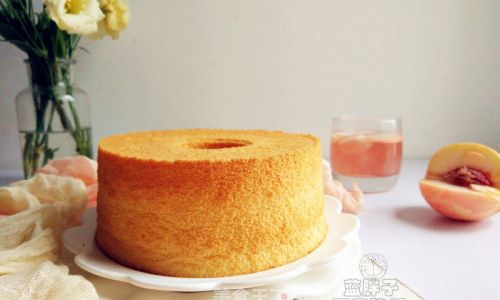

0 comments